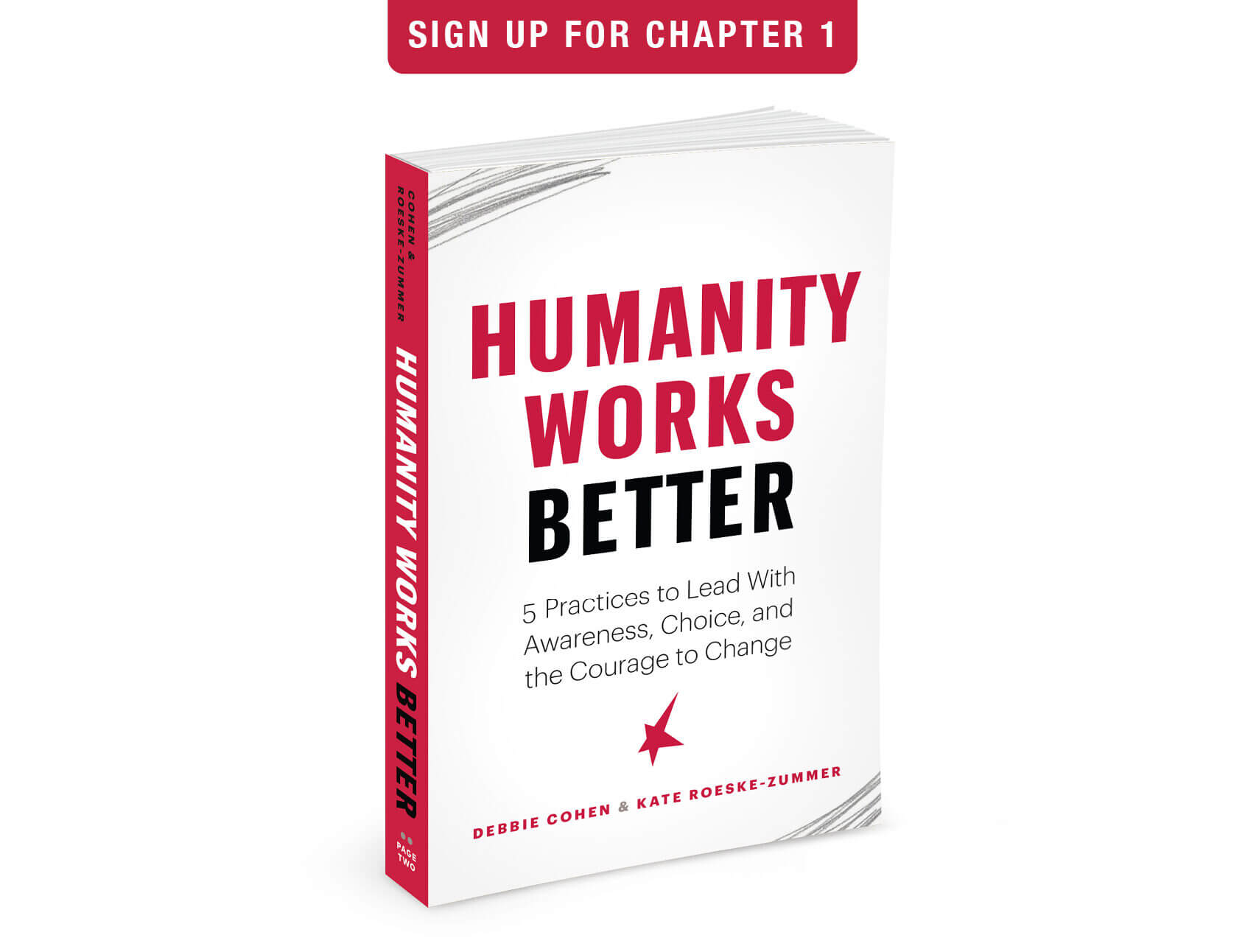People at all levels want some kind of clarity and understanding about what work is going to look like… we just don’t know.
You can’t read a leadership article lately without reference being made to the Great Resignation, the Great Attrition, the Great Reshuffle, or as we like to call it, the Great Reset. It is a hot topic, THE hot topic. And for good reason. People at all levels want some kind of clarity and understanding about what work is going to look like today, tomorrow and next year. And everyone is weighing in – CEOs, management consultants, HR pros, executive coaches, authors and speakers. Many seem to feel they know the formula and offer suggestions that sound pretty good. But guess what? They don’t know. They are guessing. Nobody knows for sure. We. Just. Don’t. Know.
What do we know? The reality is this reset is going to take some time. From our work in the field, we know everyone, from employees to management, has perspectives and ideas for how to make work, work better.
One reality is the shifting dynamic of the labor supply. There are more jobs than people to fill them. Decades of declining birth rates mean there is a shortage of backfill labor as folks step out of the workplace for few months or forever. A big mindset that needs to shift is the employer-employee relationship cannot be one-sided. This relationship must work for both parties – the relationship is interdependent. The debate over where and how work gets done is just a piece of the bigger puzzle to resetting the new world of work.
So rather than deciding on firm policies about when everyone needs to come back to the office, get curious about the humanity here, the give and take. What do you need? What do they need?
You might wonder, from a position of authority, why is a give and take needed? Our answer is because this is a relationship. And relationships are at their best when infused with mutual benefit and trust. This may be a weak muscle in your organization, as many leaders haven’t been trained on how to have this dialectic and become human-centric. So as a leader, how do you lead when you really do not know?
The fifth practice in the 5 Practices in our book is Dare Not to Know. Stop with the old, outdated, paternalist habits of old leadership (you know who you are). Instead, lead the way forward. Surrender to not knowing and co-create a mutually beneficial approach with your people.
Where do you start?
Assumptions.
Assumptions are stories you tell yourself. They are things you believe to be true with no factual base. Clearing assumptions helps you let go of old narratives that no longer serve you (or others) and helps you see a path forward with more options available to you. Consider having honest conversations with different groups of people to flush out assumptions that are creating resistance and limiting possibilities. Do this in focus group types of conversations – not a survey. Ask things like:
- What do you want/ don’t want?
- What do you need/ don’t need?
- How do you work best?
- What limits your ability to be your best? What would help?
- What are old assumptions about how work needs to happen?
- What is important in a healthy workplace culture?
After you have gathered these insights, sit with them. Marinate in what they mean. And notice where your resistance pops up. Get curious about that. What are you holding on to that no longer serves you or your organization? Dare not to know!
Boundaries.
Boundaries define and make clear to everyone what is possible and what is not. Boundaries help create safety and trust in the relationship.
- Get clear about what really matters to you, and why.
- Share them with others
- Find out what really matters to others, and why.
- Have them share them with you.
Values.
Values reflect what motivates us and drives our behavior. They are what makes up the culture of your organization. Values shift, reprioritize and manifest themselves differently as we change – and we have all changed (hello pandemic!). Ask these questions of yourself and of your people:
- What’s important about being in the office?
- What does it give you? What’s important about that?
- What does it cost you? What’s important about that?
- What value are you honoring when people are brought together in a physical workspace?
- What value are you honoring in the relationship?
- How will you know?
Iteration.
Iteration will be key to forming the next new normal. Begin with the end in mind and set timeframes to measure the efficacy of how thing progress. Measure and track what matters – to the business and employees. Remain curious:
- What are people are saying?
- Who is staying and why?
- Who is leaving and why?
- Who is joining and why?
- What is your employment brand in the talent marketplace?
No one knows what the future holds. So don’t pretend you do. Stabilize your people by showing the path forward and walk it along with them, one step at a time. Stay agile. This is the perfect opportunity to lead the way and build a human-centric organization from the top down and the bottom up.
Create the Great Reset together by knowing what really matters to both the organization and its people. Meaningful Connections rely on the reciprocity and interdependency of needs. It is no longer about free lunch and beer pong, it’s daring not to have all the answers right now and trusting that together, you will all figure it out.
After all, humanity works because of You!
Kate and Debbie

